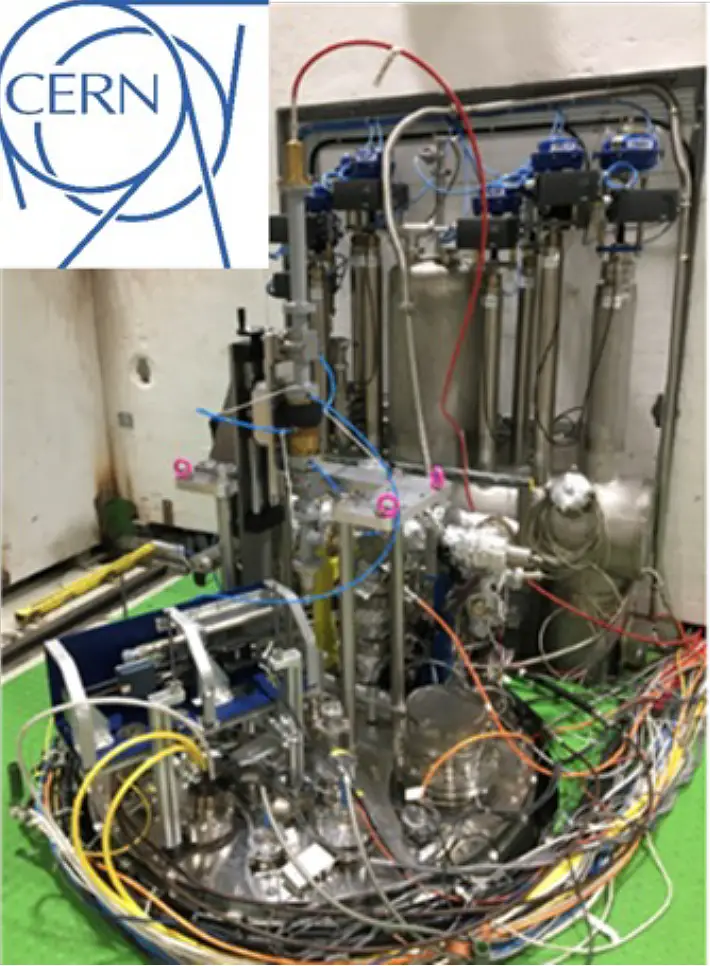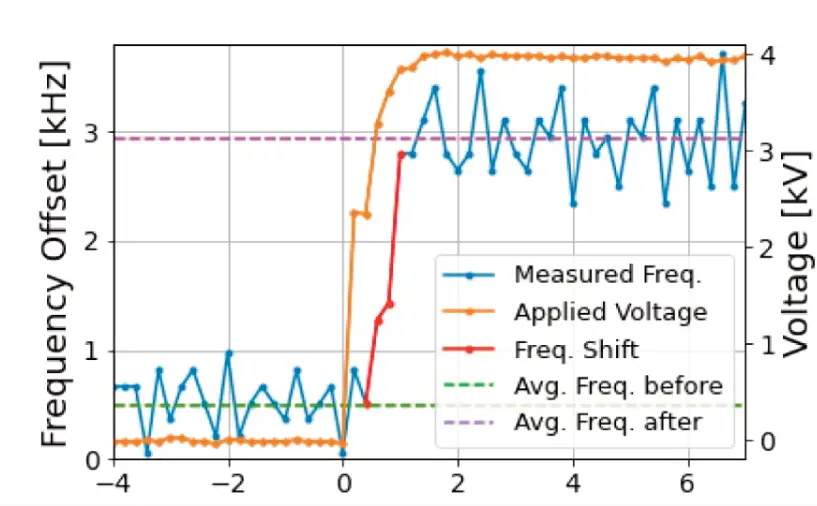Adjust SRF cavity frequencies in nanoseconds
Get real-time feedback and immediately adjust active cavity resonance instantaneously while reducing energy consumption. Our novel Ferro-Electric Fast Reactive Tuner (FE-FRT) promises improved performance and cost savings for a SRF and normal conducting accelerators.

High speed, low losses, and larger tuning range
Euclid developed the BST ferroelectric material with Mg-based additives that can quickly change the dielectric constant and tan δ via temperature or applied dc voltages. With non-mechanical frequency control, reactive power flow is well established and stable throughout the material.
A solution for dynamic tuning situations and challenging environments
Euclid’s Ferro-Electric Fast Reactive Tuner overcomes shortcomings of mechanical systems, and counteracts pertubations. The fast tuning dramatically improves SRF cavity performance while decreasing RF power requirements in a range of applications. Fast tuning of rf cavities at high power is an enabling technology in particle accelerators to compensate for transient beam loading and the correction of microphonics in SRF cavities.

Collaborations between Euclid, CERN, JLab and HZB
The developmental process for this innovation included a collaboration between Euclid Techlabs and CERN, where a proof of principle (PoP) was built by Euclid and successfully tested on an SRF cavity at CERN. This initial application was focused on microphonics suppression.
Other customers include Jefferson Laboratories, the nation’s newest national lab and accelerator facility; and photon sources at Helmholts-Zentrum Berlin (HZB) where the prototype for BESSY III is being built.
Microphonics suppression in SRF Cavity at CERN
By compensating microphonics with our FE-FRT, the total electrical power reduction went from 22.2MW to 2.96 MW. Why? In order to power the cavity and maintain stable field levels, massive overcoupling is typically used to artificially increase cavity bandwidth, causing the vast majority of RF power sent to the cavity to be reflected and dissipated. Our FE-FRT eliminates this waste of power. No moving parts also allows extremely fast response time: Demonstrated 600ns response times with <30ns possible.



Reliability as well as speed
A future application involves frequency switching for the Proton Synchroton (PS) accelerator at CERN. Installing a fast tuner on one or more of the three 90MHz normal conducting accelerating cavities would improve reliability if one cavity fails, given that existing mechanical tuners are too slow to allow parallel proton and ion operation.
Other key features of Euclid’s FE-FRT:
- Tunable dielectric constant through DC bias or temperature change
- Euclid patented low loss ferroelectric material
- kW level CW operation
- No moving parts
Reduced energy consumption
Euclid’s FE-FRT can change frequency during beam gaps, greatly reducing power consumption. This example is from a test at the High Luminosity Large Hadron Collider at CERN, comparing RF power consumption without (red bar) and with (blue bar) FE-FRT. Both microphonics suppression for low or zero loading machines and transient detuning for high beam loading machines are promising applications.

